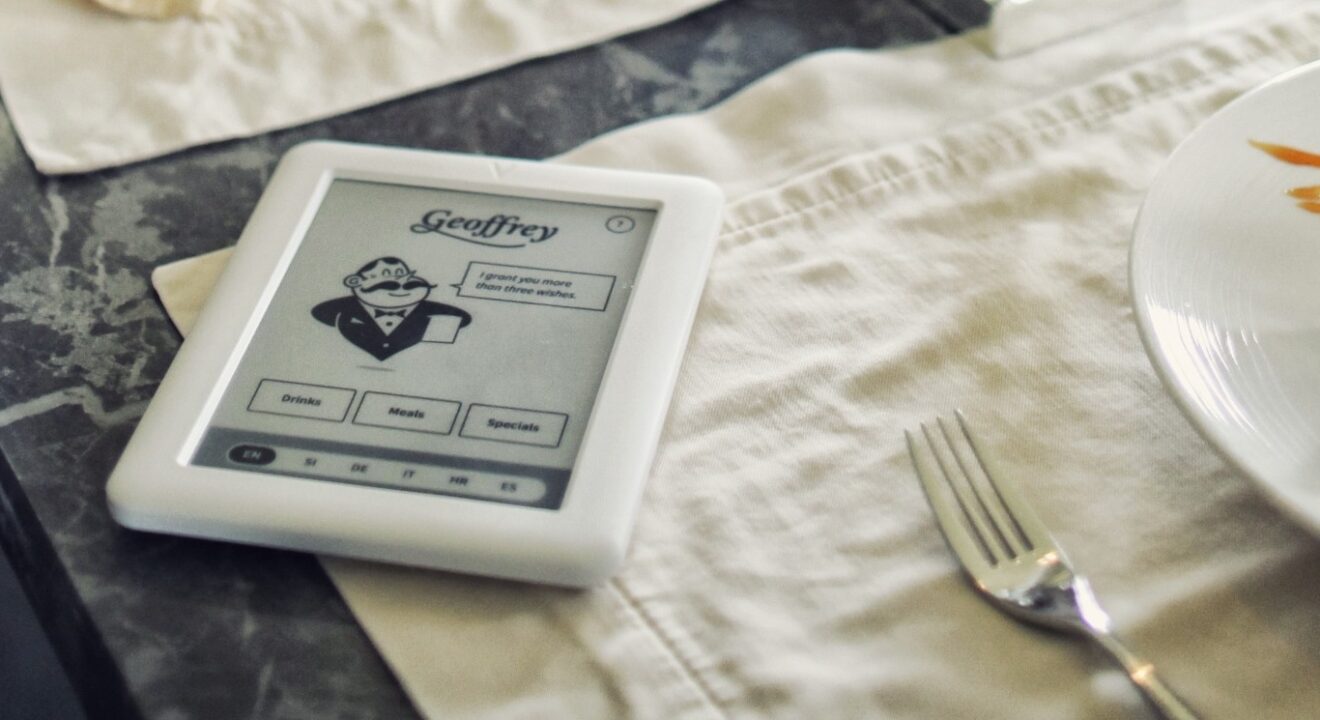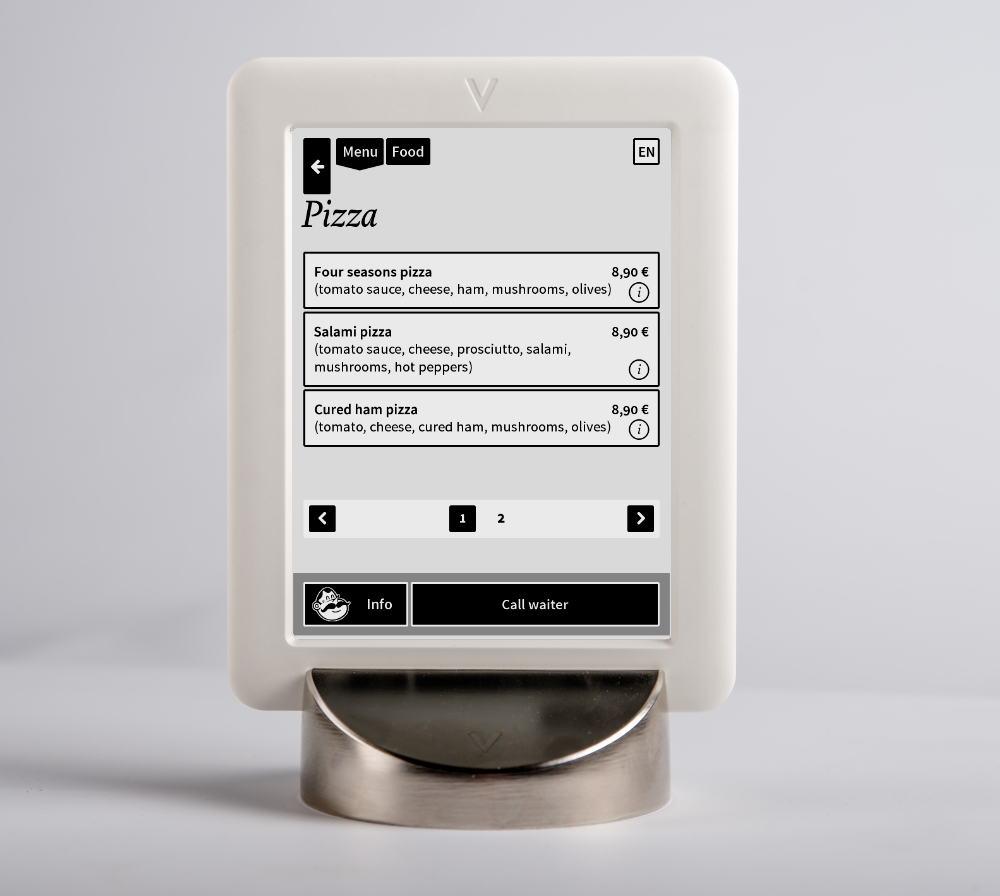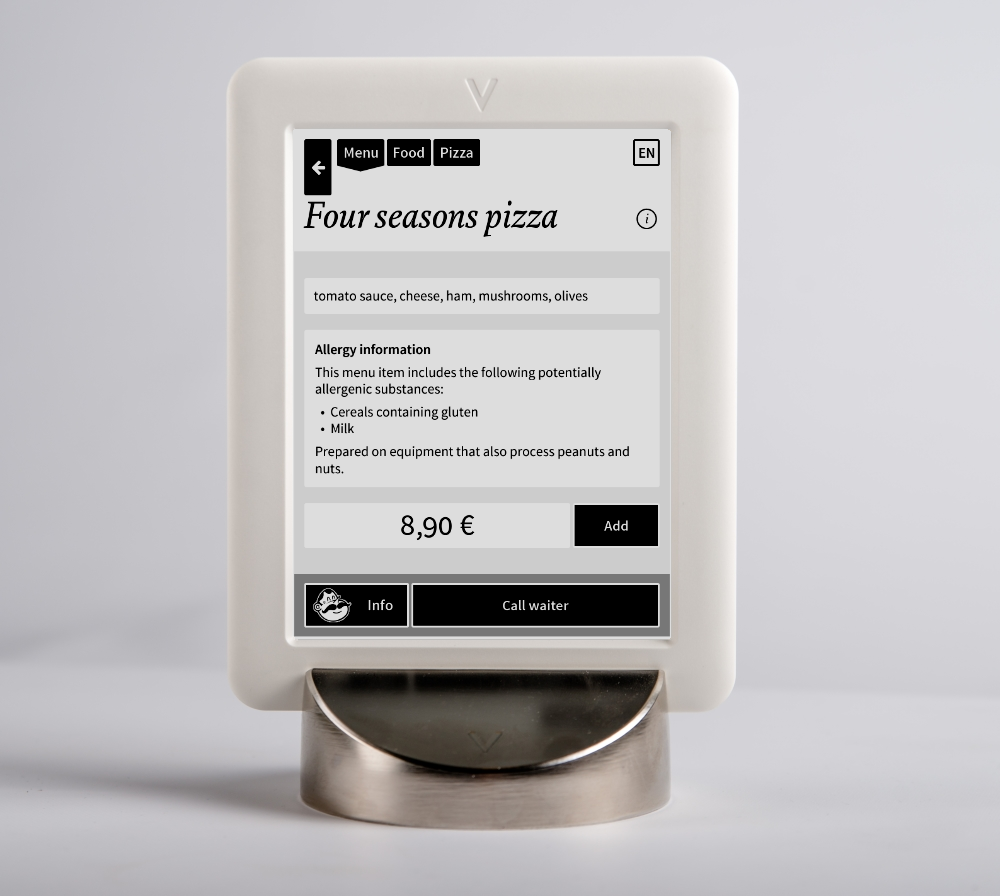

Providing food allergy information does not have to spell disaster
Visionect, 13 Nov 2014
Telling your customer that there are potentially allergenic ingredients in their food is just common sense, prescribed by law or not. Such disclosure can be made simple with digital menus.
In Europe providing allergen information on any loose food sold is now prescribed by law.
The rules on what kind of information businesses must display for their customers vary from industry to industry, as well as from country to country. Take the hospitality industry and food allergen information for example. Whether disclosing the allergenic substances in the items on your menu is prescribed by law or not, we can all agree that divulging allergen information is simply the wise thing to do when it comes to safety and satisfaction of your patrons.
Dine and disclose
If you are a player in the food industry in Europe, however, providing allergen information on any loose food sold is now prescribed by law.
YES, THE NEW LAW APPLIES TO YOU
The new legislation ecompassess all food businesses, from full-on restaurants to small bakeries and coffee shops.
Come December 14 2014 the customer will have to be informed of remnants of certain ingredients in the food they have ordered that is not prepackaged (including a lowly not-from-a-bag biscuit served with your latte). The allergenic substances in question among other include peanuts, eggs, fish, milk, nuts and gluten, regardless of level of use.
PROVIDING INFORMATION FOR EACH MENU ITEM
The allergen information will have to be supplied for each menu item individually – a blanket ‘there be peanuts’ statement just will not fly.

Information on allergens has to be available for each item on your interactive electronic paper menu.
An elegant solution of avoiding 200-page menus with allergen information on your food are digital menu boards.
The information will have to be easily accessible and, unless your country stipulates otherwise, provided in written form. If local legislation allows it, the information can also be given verbally, upon the request of the customer, with the business indicating in an easily visible place that the information can be attained in this way.
Of course the latter scenario means that the business owner will have to train all its staff to provide the right and most current facts on the food served and will have no way of checking if the correct details had been given by the employee (just imagine all the ‘he said, she said’ discussions), with turnover times rising sky high in the meantime. So, no thank you.
The solution is digital menus
Are you seeing images of getting lost in 200-page menus yet?
An elegant solution to avoid Atlas Shrugged-like creations with allergen information on your food are digital menu boards.

Displaying food allergy information on Visionect’s interactive electronic paper menu tablet.
In addition to paper menus being too long and confusing, traditional solutions also limit a business in introducing new menu items quickly and leave it to the staff to implement the new menu changes correctly and in time. Not to mention the cost of all this and the potential of your brand losing face through a simple and avoidable mistake.
Digital menus on the other hand can be updated via Wi-Fi or another type of data connection, with a simple click of a button.
All your menu items can be updated quickly and at once, regardless of location, with your digital menu ranging from a small interactive tablet menu to a jumbo screen on your wall (yes, we know how to tile electronic paper displays). All in all, an elegant way of keeping your customer happy, don’t you think?
Tags

